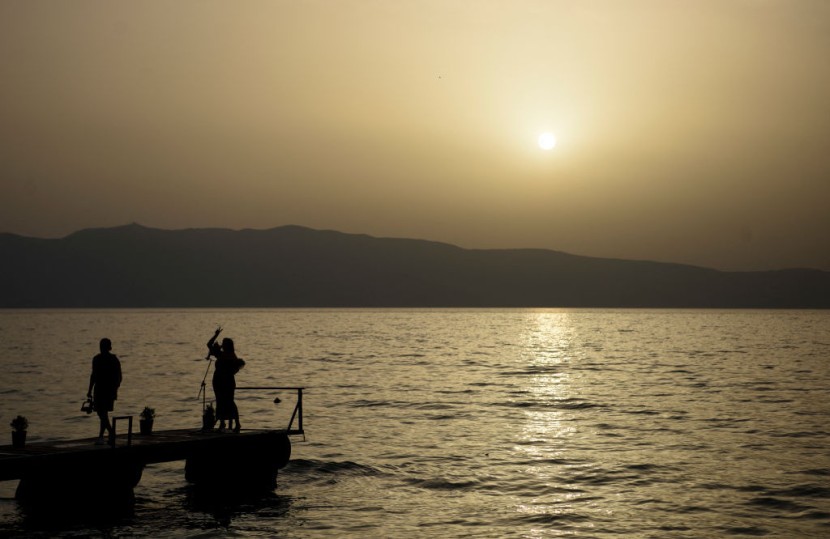
Scientists have recently uncovered what could be one of Europe's earliest sedentary communities in Lake Ohrid, one of the oldest lakes in the world, and they are trying to solve the mystery of why defensive spikes surrounded the settlement.
The lake straddles between Albania and North Macedonia, but the discovery was found in the town of Lin, on the Albanian side of the lake. Archaeologists said that side of the lake once hosted a settlement of stilt houses some 8,000 years ago, making it the oldest lakeside village in Europe to date.
According to University of Bern archaeology professor Albert Hafner, the settlement they discovered was several hundred years older than previously known lake-dwelling sites in the Mediterranean and Alpine regions.
Other ancient villages discovered in Europe earlier were dated to around 5,000 BC.
Hafner and his team of Swiss and Albanian archaeologists have spent the past four years carrying out excavations at Lin. The settlement is believed to have been home to between 200 and 500, with houses built on stilts above the lake's surface or in areas regularly flooded by rising waters.
Spiked Defenses, Oak Trees as Time Capsules
During the team's recent dive, archaeologists have uncovered evidence suggesting the settlement was fortified with thousands of spiked planks as defensive barricades. They estimated roughly 100,000 spikes were driven into the bottom of the lake off Lin.
"To protect themselves in this way, they had to cut down a forest," said Hafner.
However, the reason why the villagers of the discovered settlement built the said fortifications remains unknown.
Another factor in how they were able to date the settlement was the presence of oak trees on the site, which helped archaeologists reconstruct the daily life of the area's inhabitants. Hafner stated oak wood gives a very precise, calendar-like dating.
"In order to understand the structure of this prehistoric site without damaging it, we are conducting very meticulous research, moving very slowly and very carefully," added archaeologist Adrian Anastasi, who heads the Albanian team of researchers.
Anastasi also said the reason why the people of the settlement decided to build their village on stilts was still unknown.
For the time being, the team said it is possible to assume the villagers relied on agriculture and domesticated livestock for food. But it would take another two decades for the site to be fully explored and studied for final conclusions to be drawn.
© 2025 HNGN, All rights reserved. Do not reproduce without permission.








